In the second half of its eleventh cycle, the Fund provided assistance with shipping and travel to seventeen individual artists. These artists—six of them past Nohl Fellows—work in a range of media. Their exhibitions took them to Anchorage, Alaska; Kansas City, Kansas; Bangor, Maine; St. Mary's City, Maryland; Detroit and Grand Rapids, Michigan; Canton, Missouri; New York, New York; and Kenosha, Wisconsin. Destinations abroad included Quebec, Canada; Shanghai, China; Varennes-sur-Loire and Yerres, France; Ballyvaughan, Ireland; Malaga, Spain; and Amsterdam, The Netherlands.
2012 Nohl Fellow Lois Bielefeld received support for Androgyny, a solo show at The Rita at the University of Wisconsin-Parkside in Kenosha. The exhibition explores the power and complexity of gender identity in a series of photographic portraits, videos, and a large-scale installation.

As the recipient of a major award in a national juried Watercolor U.S.A. Honor Society exhibition, Christine Buth-Furness had a painting selected for Watercolor Now!, the 2014 WHS Small Works Exhibition in the Mabee Art Gallery at Culver-Stockton College in Canton, Missouri.

Cecelia Condit, a 2004 Nohl Fellow, traveled to Ireland for A Stone's Throw, a solo exhibition at the Burren College of Art Gallery in Ballyvaughan. She showed a three-channel video installation, shot in Ireland during a prior residency, and large-format composited photographs.
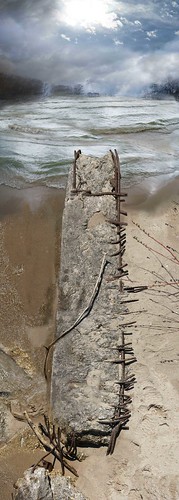
Christopher Davis-Benavides and Karen Gunderman both traveled to China to participate in the 2014 Fourth Biennial Shanghai International Contemporary Porcelain Art Exhibition at the Shanghai Arts and Crafts Museum and the International Modern Pot Art Museum in Yi Xing. They exhibited their work, lectured, and served as members of the international awards selection committee.


Paul Druecke (Nohl Fellow 2010) was invited to exhibit a new public sculpture as part of the Marlborough Gallery's Broadway Morey Boogie in New York City. The group show of outdoor sculpture by American contemporary artists extends from Columbus Circle to 166th Street on Broadway.
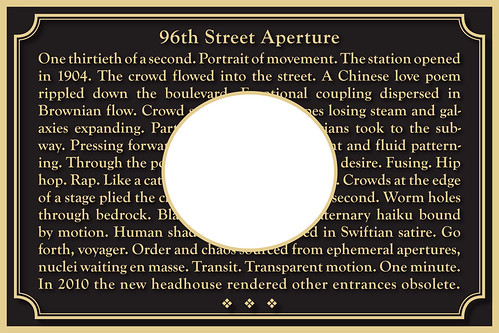
Sally Duback is making two trips to Grand Rapids, Michigan to participate in ArtPrize 2014. She is exhibiting Nature's Children, a large mixed-media mosaic.

Jenna Knapp will spend two weeks in Amsterdam at Kulter, an independent gallery and a collective that organizes projects at relevant sites. Knapp, a recent graduate of the Milwaukee Institute of Art & Design, will be participating with other artists, musicians and performers in a site-specific group show.
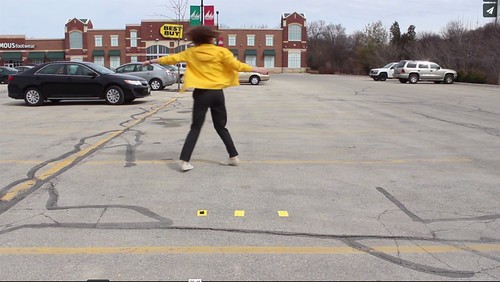
Xav Leplae and his Riverwest Radio project (a neighborhood radio station that broadcasts live from the window of his Riverwest Film & Video store) have been invited to participate in the Detroit iteration of The People's Biennial, a traveling show curated by Jens Hoffman and Harrell Fletcher. Leplae, a 2008 Nohl Fellow, will travel to MOCAD (Museum of Contemporary Art Detroit) with three other Milwaukee artists to create and activate a fantasy web radio installation inside the museum.
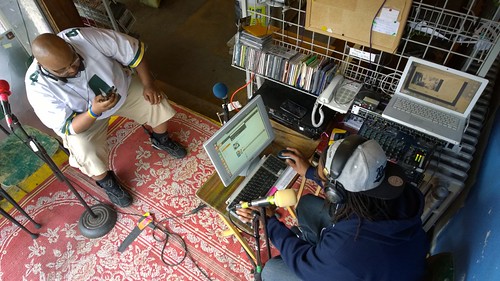
Patrick Lichty traveled to Anchorage, Alaska for a solo exhibition at the Institute for Speculative Media at Out North Contemporary Arthouse. He also taught a workshop on drone cinema using a DJI Phantom Drone, and continued his field research in Alaska, using his drone for artistic purposes, mapping and scientific study of global warming at the Exit Glacier in the Kenai National Forest.

As a finalist in the 6th edition of the Pollux Awards, Joseph Mougel was invited to exhibit Blanc 016 in the 3rd International Biennial of Fine Art and Documentary Photography at the Municipal Heritage Museum in Malaga, Spain.
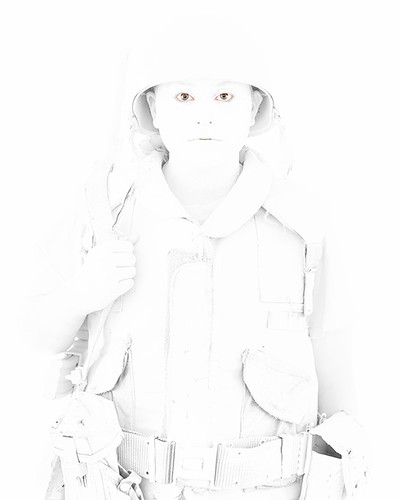
Mark Mulhern, a 2003 Nohl Fellow, exhibited works from his pigeon series in the gallery at Le Manoir de Champfreau in Varennes-sur-Loire, France. Aptly, the gallery was entered through a 16th-century pigeonnier. Mulhern, who also makes artist books and monotypes, met with curators at the Bibliotheque Nationale in Paris.
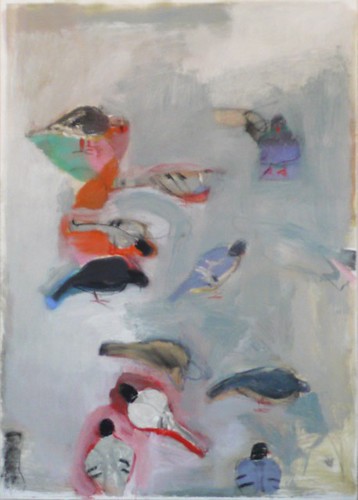
Christopher McIntyre Perceptions received support for a solo exhibition of his photographs at KAHBANG Arts, a nonprofit arts organization in Bangor, Maine.

Colette Odya Smith has been invited to be the guest of honor of the Societe des Pastellistes de France at their fall international exhibition of pastel paintings at the Caillebotte Park in Yerres. She will exhibit fifteen paintings and meet society members in Paris and at the public opening reception.
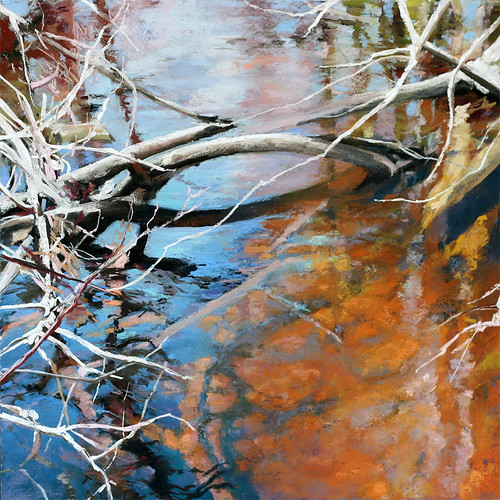
Marc Tasman, a 2004 Nohl Fellow, exhibited twenty photographs from Laurentian Internationale at Galerie Remise in Saint-Hippolyte, Quebec. The documentary series spans six years and explores one family's connection, over five generations, to a land community and their attempts to preserve its culture and natural resources,

Lynn Tomaszewski will travel to St. Mary's City, Maryland, for a solo exhibition at the Boyden Gallery at St. Mary's College of Maryland. Tomaszewski will be exhibiting paintings, large wall drawings, and two interactive installations.

Christopher Willey received support for Lanterns, a collaborative exhibition/installation with Tonia Klein at The Hown's Den: A Nomadic + Domestic Exhibition Space in Kansas City, Kansas. The work references doorknockers and lanterns that Willey saw in China, and incorporates Klein's screen printing practice.
